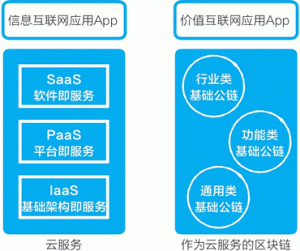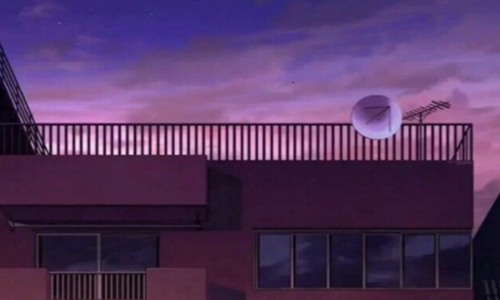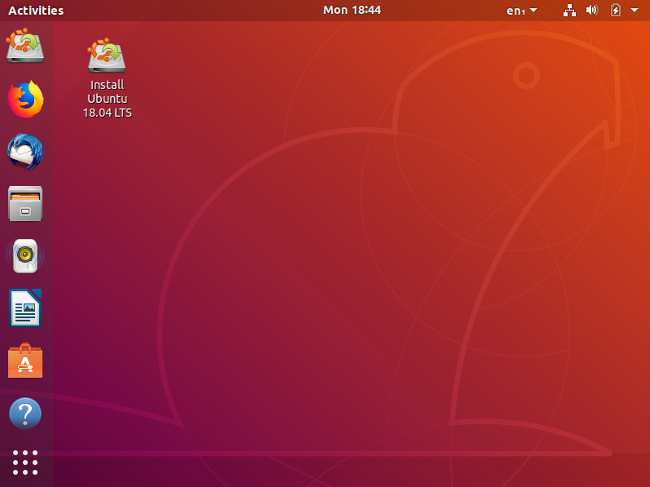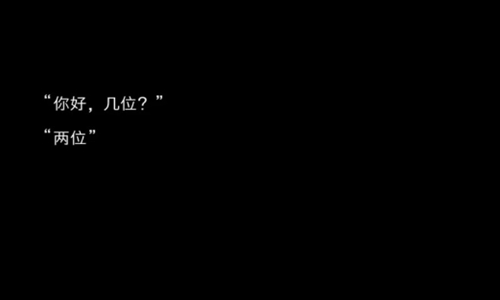方法一:
– (UIImage*)scaleFromImage:(UIImage*)image scaledToSize:(CGSize)newSize
{
CGSize imageSize = image.size;
CGFloat width = imageSize.width;
CGFloat height = imageSize.height;if (width <= newSize.width && height <= newSize.height){
return image;
}if (width == 0 || height == 0){
return image;
}CGFloat widthFactor = newSize.width / width;
CGFloat heightFactor = newSize.height / height;
CGFloat scaleFactor = (widthFactor<heightFactor?widthFactor:heightFactor);
{
CGSize imageSize = image.size;
CGFloat width = imageSize.width;
CGFloat height = imageSize.height;if (width <= newSize.width && height <= newSize.height){
return image;
}if (width == 0 || height == 0){
return image;
}CGFloat widthFactor = newSize.width / width;
CGFloat heightFactor = newSize.height / height;
CGFloat scaleFactor = (widthFactor<heightFactor?widthFactor:heightFactor);
CGFloat scaledWidth = width * scaleFactor;
CGFloat scaledHeight = height * scaleFactor;
CGSize targetSize = CGSizeMake(scaledWidth,scaledHeight);
UIGraphicsBeginImageContext(targetSize);
[image drawInRect:CGRectMake(0,0,scaledWidth,scaledHeight)];
UIImage* newImage = UIGraphicsGetImageFromCurrentImageContext();
UIGraphicsEndImageContext();
return newImage;
}
方法二:
.h具体code
#import <Foundation/Foundation.h>
@interface UIImage (UIImageExt)
– (UIImage *)scaleToSize:(UIImage *)img size:(CGSize)size;
– (UIImage *)imageByScalingAndCroppingForSize:(CGSize)targetSize;
@end
@interface UIImage (UIImageExt)
– (UIImage *)scaleToSize:(UIImage *)img size:(CGSize)size;
– (UIImage *)imageByScalingAndCroppingForSize:(CGSize)targetSize;
@end
.m具体code
#import “UIImageExt.h”
@implementation UIImage (UIImageExt)
– (UIImage *)scaleToSize:(UIImage *)img size:(CGSize)size{
// 创建一个bitmap的context
// 并把它设置成为当前正在使用的context
UIGraphicsBeginImageContext(size);
// 绘制改变大小的图片
[img drawInRect:CGRectMake(0, 0, size.width, size.height)];
// 从当前context中创建一个改变大小后的图片
UIImage* scaledImage = UIGraphicsGetImageFromCurrentImageContext();
// 使当前的context出堆栈
UIGraphicsEndImageContext();
// 返回新的改变大小后的图片
return scaledImage;
}
– (UIImage*)imageByScalingAndCroppingForSize:(CGSize)targetSize
{
UIImage *sourceImage = self;
UIImage *newImage = nil;
CGSize imageSize = sourceImage.size;
CGFloat width = imageSize.width;
CGFloat height = imageSize.height;
CGFloat targetWidth = targetSize.width;
CGFloat targetHeight = targetSize.height;
CGFloat scaleFactor = 0.0;
CGFloat scaledWidth = targetWidth;
CGFloat scaledHeight = targetHeight;
CGPoint thumbnailPoint = CGPointMake(0.0,0.0);
if (CGSizeEqualToSize(imageSize, targetSize) == NO)
{
CGFloat widthFactor = targetWidth / width;
CGFloat heightFactor = targetHeight / height;
if (widthFactor > heightFactor)
scaleFactor = widthFactor; // scale to fit height
else
scaleFactor = heightFactor; // scale to fit width
scaledWidth = width * scaleFactor;
scaledHeight = height * scaleFactor;
// center the image
if (widthFactor > heightFactor)
{
thumbnailPoint.y = (targetHeight – scaledHeight) * 0.5;
}
else
if (widthFactor < heightFactor)
{
thumbnailPoint.x = (targetWidth – scaledWidth) * 0.5;
}
}
UIGraphicsBeginImageContext(targetSize); // this will crop
CGRect thumbnailRect = CGRectZero;
thumbnailRect.origin = thumbnailPoint;
thumbnailRect.size.width = scaledWidth;
thumbnailRect.size.height = scaledHeight;
[sourceImage drawInRect:thumbnailRect];
newImage = UIGraphicsGetImageFromCurrentImageContext();
if(newImage == nil)
NSLog(@”could not scale image”);
//pop the context to get back to the default
UIGraphicsEndImageContext();
return newImage;
}
@end
@implementation UIImage (UIImageExt)
– (UIImage *)scaleToSize:(UIImage *)img size:(CGSize)size{
// 创建一个bitmap的context
// 并把它设置成为当前正在使用的context
UIGraphicsBeginImageContext(size);
// 绘制改变大小的图片
[img drawInRect:CGRectMake(0, 0, size.width, size.height)];
// 从当前context中创建一个改变大小后的图片
UIImage* scaledImage = UIGraphicsGetImageFromCurrentImageContext();
// 使当前的context出堆栈
UIGraphicsEndImageContext();
// 返回新的改变大小后的图片
return scaledImage;
}
– (UIImage*)imageByScalingAndCroppingForSize:(CGSize)targetSize
{
UIImage *sourceImage = self;
UIImage *newImage = nil;
CGSize imageSize = sourceImage.size;
CGFloat width = imageSize.width;
CGFloat height = imageSize.height;
CGFloat targetWidth = targetSize.width;
CGFloat targetHeight = targetSize.height;
CGFloat scaleFactor = 0.0;
CGFloat scaledWidth = targetWidth;
CGFloat scaledHeight = targetHeight;
CGPoint thumbnailPoint = CGPointMake(0.0,0.0);
if (CGSizeEqualToSize(imageSize, targetSize) == NO)
{
CGFloat widthFactor = targetWidth / width;
CGFloat heightFactor = targetHeight / height;
if (widthFactor > heightFactor)
scaleFactor = widthFactor; // scale to fit height
else
scaleFactor = heightFactor; // scale to fit width
scaledWidth = width * scaleFactor;
scaledHeight = height * scaleFactor;
// center the image
if (widthFactor > heightFactor)
{
thumbnailPoint.y = (targetHeight – scaledHeight) * 0.5;
}
else
if (widthFactor < heightFactor)
{
thumbnailPoint.x = (targetWidth – scaledWidth) * 0.5;
}
}
UIGraphicsBeginImageContext(targetSize); // this will crop
CGRect thumbnailRect = CGRectZero;
thumbnailRect.origin = thumbnailPoint;
thumbnailRect.size.width = scaledWidth;
thumbnailRect.size.height = scaledHeight;
[sourceImage drawInRect:thumbnailRect];
newImage = UIGraphicsGetImageFromCurrentImageContext();
if(newImage == nil)
NSLog(@”could not scale image”);
//pop the context to get back to the default
UIGraphicsEndImageContext();
return newImage;
}
@end
方法三:(本人项目中使用的方法)
-(UIImage *) imageCompressForWidth:(UIImage *)sourceImage targetWidth:(CGFloat)defineWidth
{
CGSize imageSize = sourceImage.size;
CGFloat width = imageSize.width;
CGFloat height = imageSize.height;
CGFloat targetWidth = defineWidth;
CGFloat targetHeight = (targetWidth / width) * height;
UIGraphicsBeginImageContext(CGSizeMake(targetWidth, targetHeight));
[sourceImage drawInRect:CGRectMake(0,0,targetWidth, targetHeight)];
UIImage* newImage = UIGraphicsGetImageFromCurrentImageContext();
UIGraphicsEndImageContext();
return newImage;
}
{
CGSize imageSize = sourceImage.size;
CGFloat width = imageSize.width;
CGFloat height = imageSize.height;
CGFloat targetWidth = defineWidth;
CGFloat targetHeight = (targetWidth / width) * height;
UIGraphicsBeginImageContext(CGSizeMake(targetWidth, targetHeight));
[sourceImage drawInRect:CGRectMake(0,0,targetWidth, targetHeight)];
UIImage* newImage = UIGraphicsGetImageFromCurrentImageContext();
UIGraphicsEndImageContext();
return newImage;
}
© 版权声明
本文刊载的所有内容,包括文字、图片、音频、视频、软件、程序、以及网页版式设计等部门来源于互联网,版权均归原作者所有!本网站提供的内容服务于个人学习、研究或欣赏,以及其他非商业性或非盈利性用途,但同时应遵守著作权法及其他相关法律的规定,不得侵犯本网站及相关权利人的合法权利。
联系信息:邮箱aoxolcom@163.com或见网站底部。
联系信息:邮箱aoxolcom@163.com或见网站底部。
THE END


















请登录后发表评论
注册
社交帐号登录